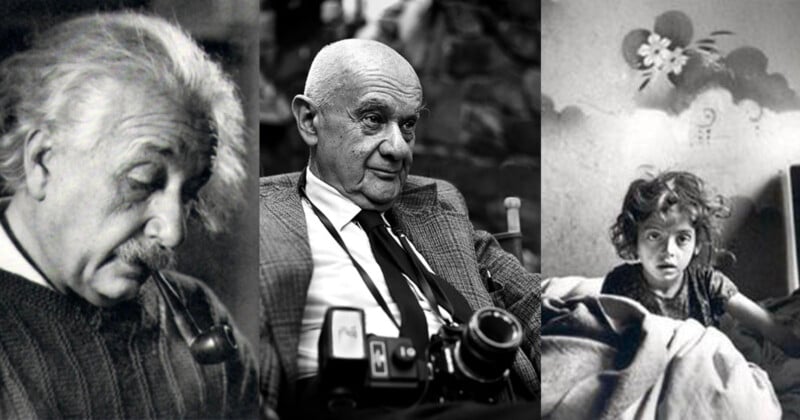Documentary Charts Jewish Photographer’s Extraordinary Life

The trailer for a documentary about the photographer Roman Vishinac — who is best known for documenting Jewish life in Eastern Europe in the years prior to World War II — has been released.
The film, titled Vishinac, tells the story of the Russian-American photographer’s life: describing him as “difficult and flamboyant, a shameless self-promoter, bender of the truth, and master of reinvention.”
From 1935 to 1938, Vishinac traveled Europe with an assignment to capture Jewish life. His black-and-white photographs are an invaluable record of Jewish ghettos in Eastern Europe. From his base in Berlin, Vishinac traveled to Poland, Romania, Czechoslovakia, and Lithuania where he would pose as a traveling fabric salesman.
Vishinac was frequently arrested during his photography missions, authorities believed he was a spy and he would often have to bribe himself out of sticky situations.
He was politically aware: conscious of the growing anti-Semitism emanating from the Nazis, he snuck into an internment camp in Germany where Jews were awaiting deportation and took photographs of the “filthy barracks.” The photos were sent to the League of Nations to show how Jews were being treated under Adolf Hitler.
His 1983 book A Vanished World made him famous because of his brave work in the 1930s documenting Jewish culture in Eastern Europe that was wiped out just years later.
Vishinac was born in 1897 in St. Petersburg but had to flee Russia in 1918 after the Bolshevik revolution led to anti-Semitism. It wouldn’t be the first time he left a country because of such hatred: in 1940 he had a very lucky escape from Berlin and arrived in New York. In the States, he followed his second passion of microscopy — making considerable contributions. He also took a 1942 portrait of Albert Einstein which the theoretical physicist apparently called “his favorite.”
Vishinac contains more than 16,000 images from the Vishinac archive to build a full picture of the photographer’s life.
“Through his images, the film exposes new audiences to a lost world that is quickly fading from our grasp,” writes the film’s synopsis.
It is narrated by Vishinac’s daughter Mara Kohn who apparently holds her father to account, acknowledging his complexities and calling him out for occasionally being an unreliable narrator of his own life story.
Vishinac is showing at various film festivals throughout the United States in 2024. Listings can be found here.
Image credits: Wikimedia Commons.